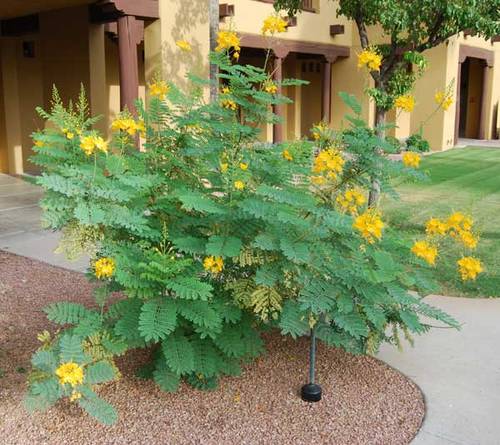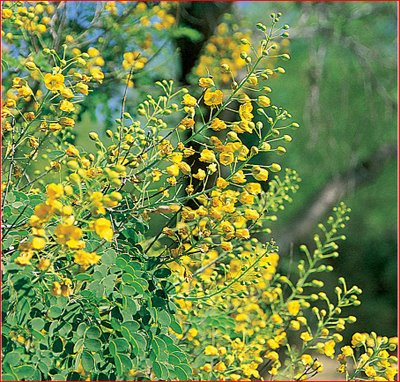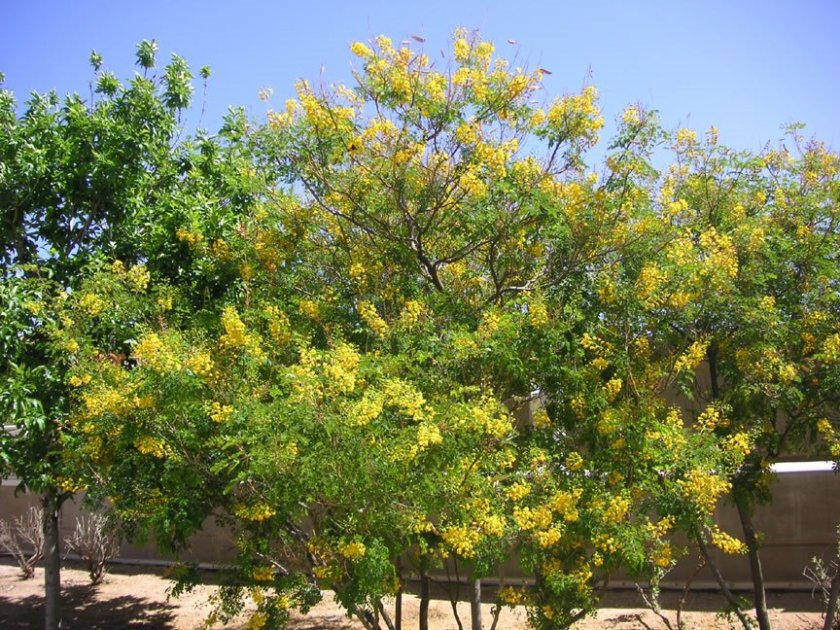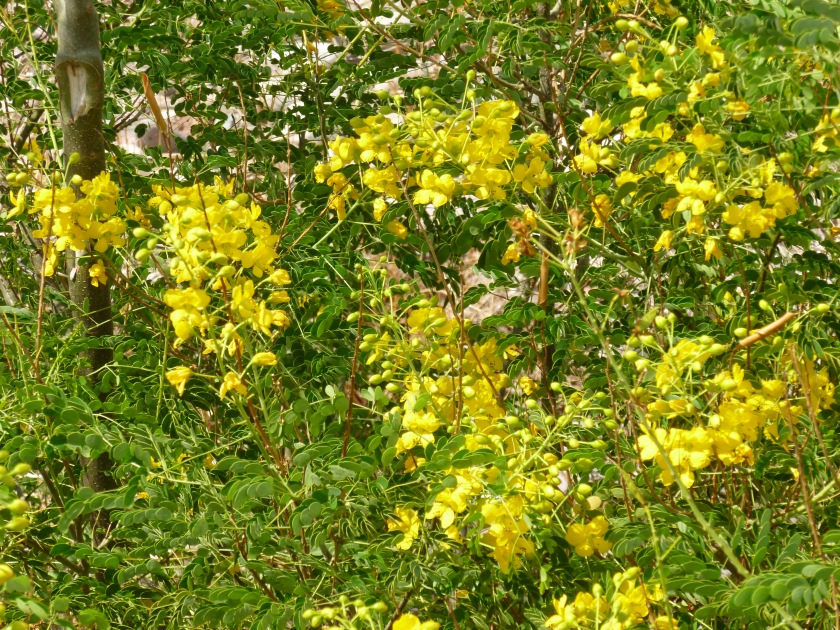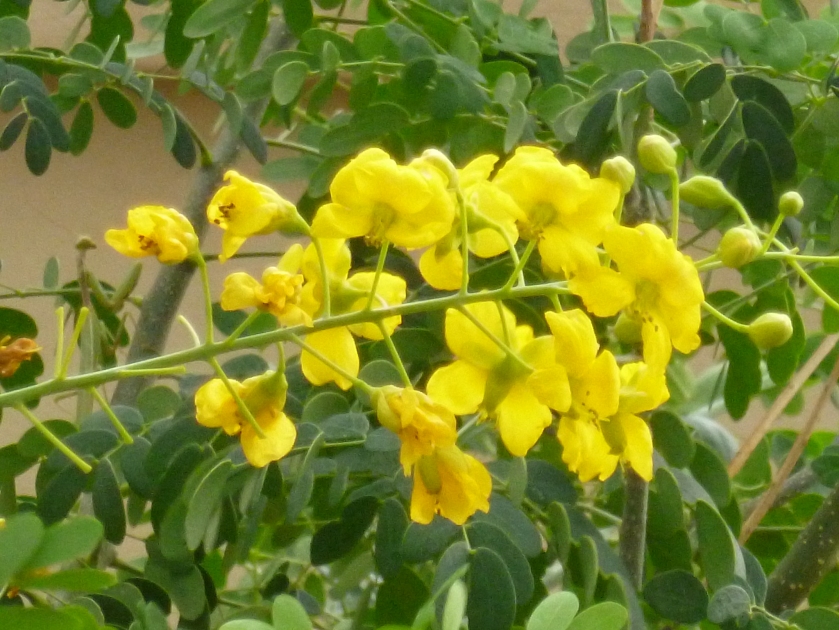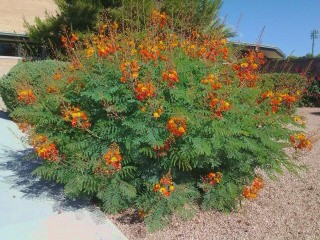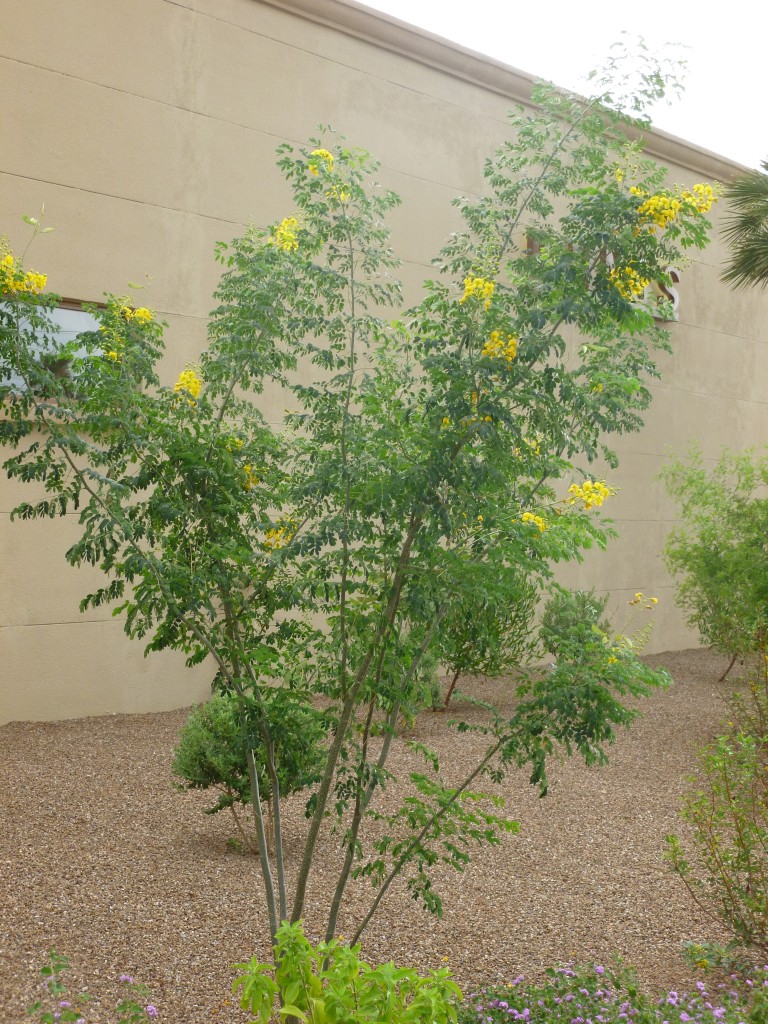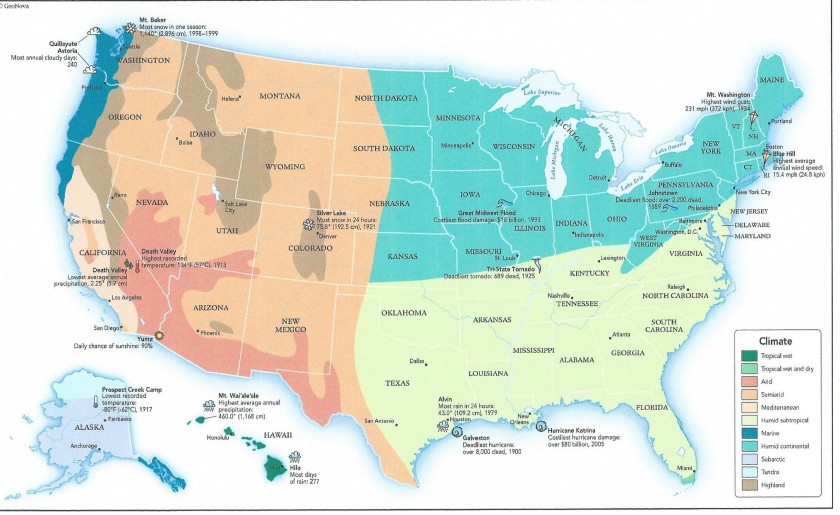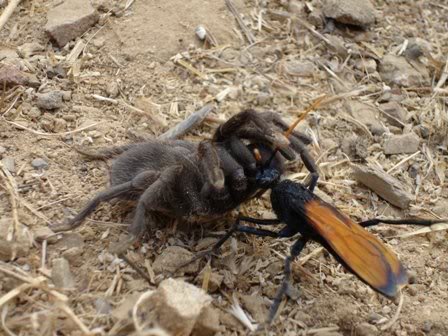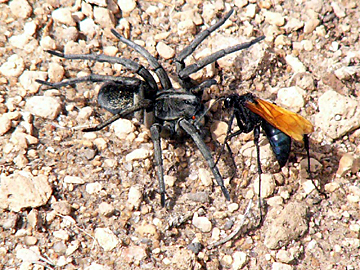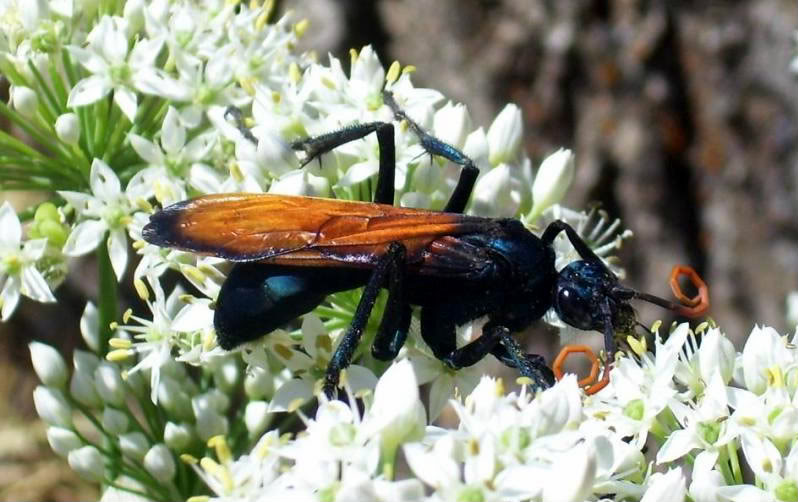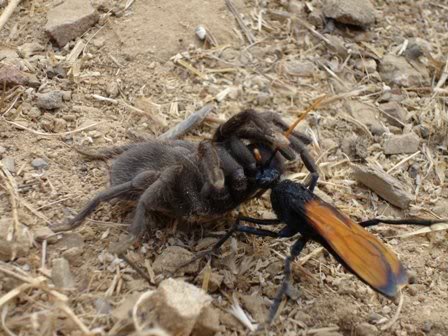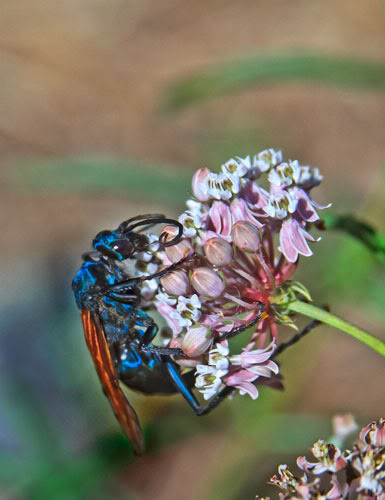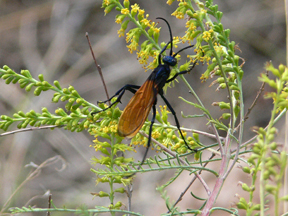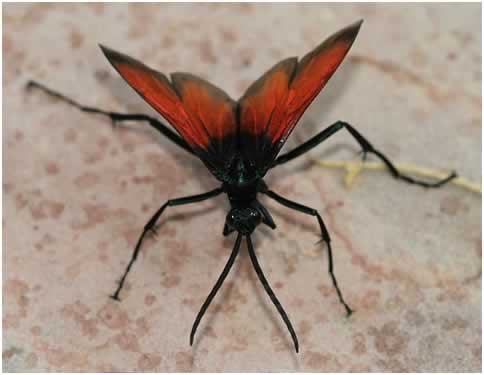The health promoting attributes of Pomegranates put it in the category of “SUPER FOODS”. Pomegranate contains potent and unrivaled antioxidants called punicalagin and punicalin. The juice of the Pomegranate has greater antioxidant activity than acai juice, green tea, cranberry juice or red wine.

Pomegranate is one of the earliest cultivated fruits throughout history. It appears in Egyptian tombs, Greek mythology and even in the Bible. Pomegranate is a symbol of abundance and faith in many cultures. Recorded history shows that over 2000 years ago Pomegranate was used to treat an assortment of illnesses.
Inside the fruit are hundreds of tiny seeds called arils; this is what we eat or make into juice. The aril is delicious with a sweet, tart flavor that is high in vitamin C. Pomegranates originated in Iran and are commonplace throughout the Middle East. The unique flavor and exceptional health benefits are making it increasingly popular in the United States.

Pomegranate Health Benefits:
- Pomegranate has anti-inflammatory effects that help protect against cancer, heart disease, Alzheimer’s, and Type 2 Diabetes.
- Research showed patients with prominent carotid artery blockage showed a 30% reduction in atherosclerotic plaque after one year of drinking one ounce of Pomegranate juice per day.
- Pomegranate is high in vitamin C and is a good source of fiber, potassium, folate, vitamin K and protein.
- Studies conducted showed patients with memory issues that drank pomegranate juice every day performed better and exhibited increased brain activity on their MRI.
- The antibacterial and antiviral properties of Pomegranate help reduce dental plaque.
Research and clinical studies continue to investigate pomegranates and their antioxidant effects. The experts state that drinking Pomegranate juice whole and unprocessed is the best way.

The 2009 article “Pomegranate juice: a heart healthy fruit juice,” published in Nutrition Reviews states, “Observational studies and clinical trials investigating the cardiovascular health benefits of fruits and vegetables, attribute these effects to the combination of phytochemicals, fiber, and other nutrients in whole food intake, rather than the sole effects of an individual component.”
An easy way to eat the seeds, arils, of the Pomegranate is to slice the fruit in half. Using a bowl of water, hold the half upside down and beat gently with a wooden spoon so the seeds drop down in the water. The arils (seeds) are delicious alone, in cereals, or in your favorite dish.


Before adding Pomegranates to your diet consult your physician. The high vitamin K may counteract blood thinners. It is always best to speak to your pharmacist or physician first.

































